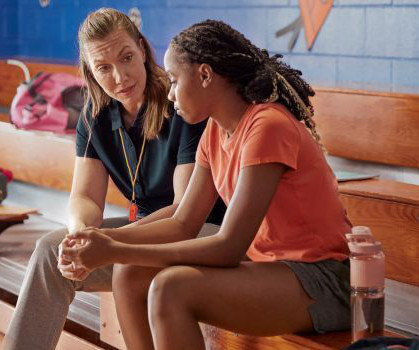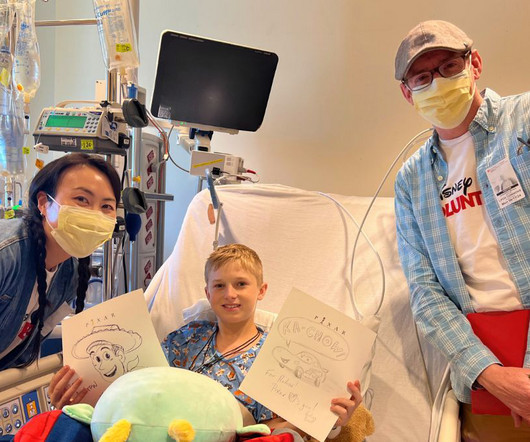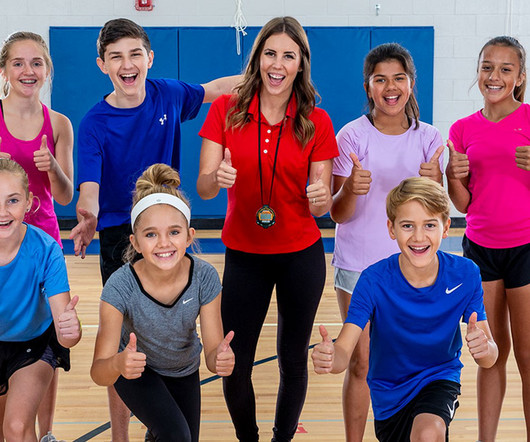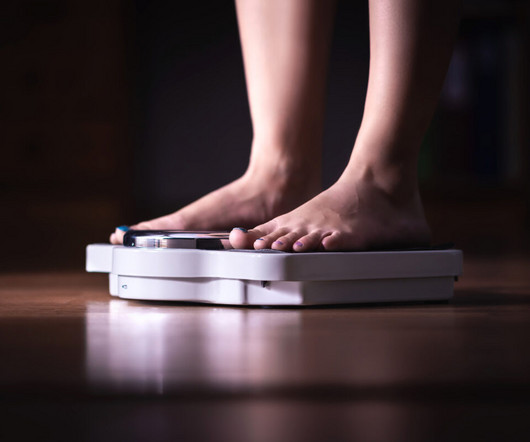Healthy Choices, Healthy Lives: Educators Can Empower Youth to Live Vape-Free
SHAPE America
JUNE 18, 2024
Findings from the 2023 National Youth Tobacco Survey show that more than 2.1 million U.S. middle and high school students use e-cigarettes (also called “vapes”). Tobacco use in any form, including vapes, is especially unsafe for kids, teens, and young adults. Most vapes contain nicotine, which is highly addictive and can harm brain development. Nicotine exposure during adolescence can impact students’ learning, mood, and attention.












Let's personalize your content